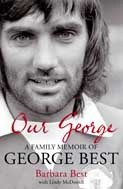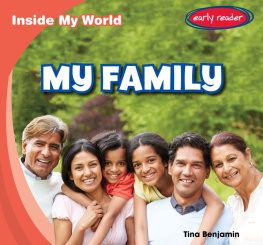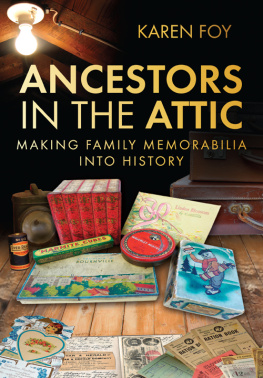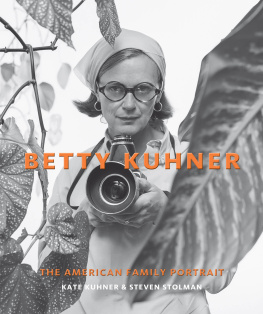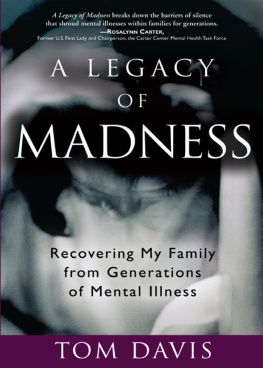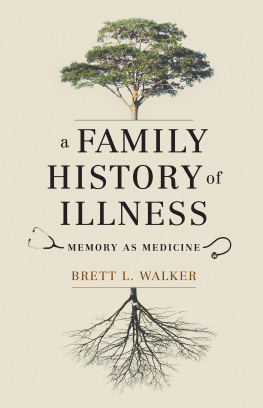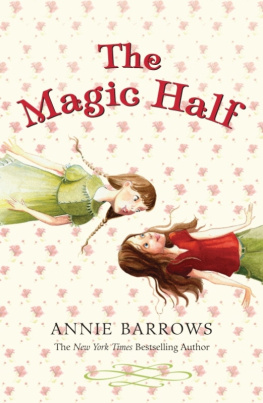Praise for Unlocking
Pressly weaves a compelling memoir, revealing a history that extends across generations and time. Elegantly composed, Unlocking shares a deeply personal evolution. Presslys story exemplifies the professional and personal challenges so many women confront, while showing how beauty and love can redeem those struggles.
S TEPHANIE H EYDT , Margaret and Terry Stent Curator of America Art, High Museum of Art
In this clairvoyant and heartwarming memoir, Nancy L. Pressly shares her arduous path through the thickets of memory to reveal a remarkable and uplifting account of a woman who defined herself through positive energy and love. Guided by an agile intelligence and an eye for detail, honed by years in art history as scholar, curator, and consultant, Pressly animates memories long obscured by disappointments and losses. She makes the intensely personal universally compelling. We learn from her story how we might tackle the labyrinth of our own paradoxes.
J UNE H ARGROVE , author of Paul Gauguin (1848-1903) and recipient of the Chevalier of the Order of Arts and Letters
In this memoir, Nancy Pressly shares a lifetime of intense experiences. Her extraordinarily careful and evocative descriptions of personal relationships, works of art, and places enrich this powerful autobiographical essay. Definitely worth reading more than once!
E LLEN G. M ILES , art historian and author
Nancy Presslys revealing personal journey is a powerful inspiration. Uncovering childhood memories and family history, battling physical challenges, acknowledging and owning the roles of wife and mother, researcher, and accomplished arts administratorall underscore a passionate life hard-earned and well-lived. Artfully written, her life story is a compassionate reminder of the power within to remain positive through adversity and obstacles, to stay true to oneself, and, above all, to embrace love of art, self, and family.
A NDREA S NYDER , cofounder/codirector of American Dance Abroad and former assistant director of NEA Dance Program
Unlocking


Copyright 2020 Nancy L. Pressly
All rights reserved. No part of this publication may be reproduced, distributed, or transmitted in any form or by any means, including photocopying, recording, digital scanning, or other electronic or mechanical methods, without the prior written permission of the publisher, except in the case of brief quotations embodied in critical reviews and certain other noncommercial uses permitted by copyright law. For permission requests, please address She Writes Press.
Published 2020
Printed in the United States of America
ISBN: 978-1-63152-862-0
ISBN: 978-1-63152-863-7
Library of Congress Control Number: 2019920711
For information, address:
She Writes Press
1569 Solano Ave #546
Berkeley, CA 94707
Interior design by Tabitha Lahr
She Writes Press is a division of SparkPoint Studio, LLC.
All company and/or product names may be trade names, logos, trademarks, and/or registered trademarks and are the property of their respective owners.
For Bill
with love
Contents
PART ONE

The Power of the Image to Unlock Memories

Visit Visa photo, possibly Grandpa Freedmans mother from Lativa
1. Opening Doors to the Past
I t was a chilly winter day, but the third-floor room was filled with sunlight, unexpectedly comfortable. I opened the low door that led into our attic and half stooped, half crawled inside, adjusting my eyes to the shadowy space. Beams of light from a small window revealed boxes of research files and books, bags of discarded toys, suitcases stuffed with old, forgotten clothes, and empty picture frames scattered about. I found the boxes I was looking for stacked near the door, six in all, some carefully sealed, others half-open, the ones lower down crumpling from the weight of the boxes above. They contained my mothers and fathers histories, everything from bank deposit slips going back thirty years to passports and report cards and hundreds of old photographs, and what seemed like every letter ever written by my parents or sent to them by my brother and me. It had been so long since Id even thought about what was inside.
I pulled the boxes out of the attic one by one and randomly spread some of the contents onto the carpeted floor around me. I found my maternal grandfathers citizenship certificate, dated 1902 and stamped with a large red seal, and the original naturalization papers for my father and his family, yellowed and stained, signed in brown ink and boldly dated 1914. There was a haunting image of a middle-aged Russian woman, her hair covered by a babushka-like scarfsurely an unknown relativeand, in stark contrast, a New York studio photograph circa 19001905 of an elegantly dressed young woman wearing a stylish, large-brimmed hat topped with lace and plumage; I discovered only later this was probably my maternal grandmother. I looked at early photographs of my mother, age two or three, shyly leaning against her mother. As I dug a little deeper into the first box, I uncovered my parents marriage certificate, dried flowers from my mothers bridal bouquet, and their honeymoon itinerary in its original blue folder, along with a wedding photograph which I had never seen. I took a deep breath.
My first instinct had been to sort through the boxes quickly, organizing the family material by general categories in archival-quality boxes and preserving them. But now, in the quiet of that room in our home of twenty-five years in Washington, DC, I started to look at the photographs more closely. I was astonished at the power of the image to move me, to unlock memories, to tell stories. I held in my hand an image of a thirteen-year-old boy wearing his bar mitzvah tallit and dressed in what were clearly homemade clothes. At first, I thought it was my father, but then, comparing it with other photographs, I realized it could only be his beloved brother, Max, who died in his teens. This was the first time I had seen pictures of Max. My father had never shown them to me. There were also several images of my fathers parents in a New York photographers studio, dressed in their very best clothes, standing in front of fanciful backdrops. They were posing for photographs that undoubtedly cost them money they could ill afford, but they wanted to capture themselves, to freeze this moment in time. I was haunted by their faces, especially my grandmother looking so youthful, and by what I didnt know about them and the lives they had lived. And then, suddenly, by what I didnt know about my own parents, how little I had asked them, especially my father, when they were alive, and how little my son and grandchildren in the future might know about me.
A year before, in 2006, at the age of sixty-five, I was diagnosed with ampullary cancer and survived the Whipple procedure, one of the most complicated and difficult of operations and the only possible cure for pancreatic-related cancer. After the procedure I was given a 50 percent chance of survival. In the months that followed the end of subsequent radiation and chemotherapy, as I slowly recovered, I lived in suspended time. I tried diligently and probably sometimes desperately to bring order to my life and my home. Starting in the kitchen, drawers and cabinets were straightened and bags of broken utensils and old pots and dishes were thrown away. I moved on to bedroom closets and dresser drawers, discarding clothes that no longer fit, and then to my office, where cabinet files were emptied and client reports were neatly arranged on shelves. I was finally ready to move on to the more difficult things: the boxes in the attic.
Next page

